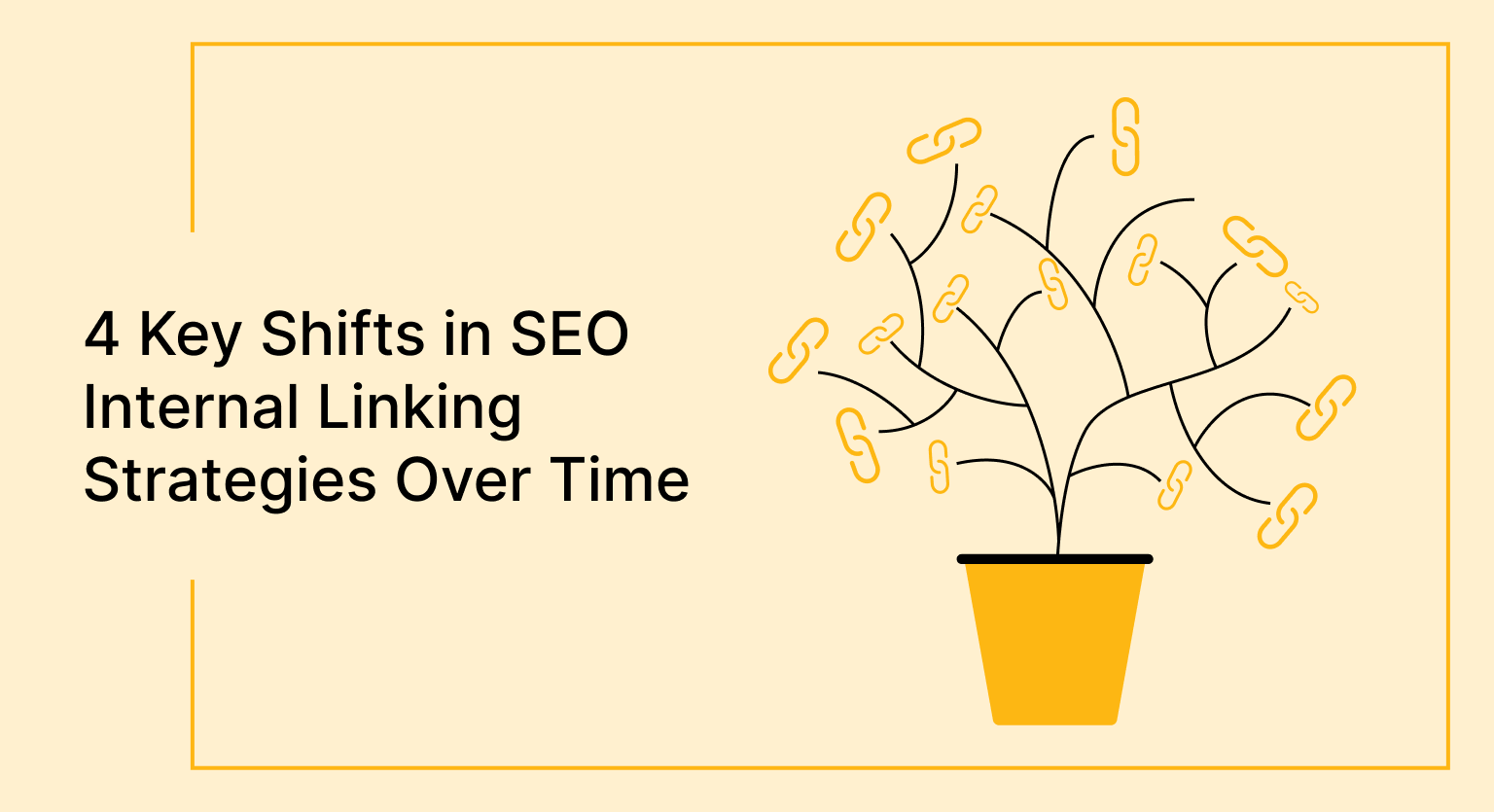The art and science of internal linking in SEO content writing have undergone significant changes, reflecting the evolving landscape of search engine algorithms and user behavior. We’ve gathered insights from a Senior Content Writer and a Digital Marketing Executive, among others, to shed light on these transformations. From focusing on high-quality backlinks to user intent guiding link placement, discover how four industry experts explain one major change in the strategy for internal linking.
- Focus on High-Quality Backlinks
- Smarter Keyword Use in Links
- Transition to Topic-Clustered Linking
- User Intent Guides Link Placement
Focus on High-Quality Backlinks
Obtaining links for content is now all about quality over quantity. Just a few years ago, outreach and marketing specialists would send bulk emails to a wide range of contacts, in the hope of several replies and coverage opportunities.

However, modern-day SEO focuses on getting a few, or even one, valuable link that comes from a super-relevant, high-quality site. Websites that have a high number of links, many of which are of poor quality, are now considered spammy and have lost their reputation among readers.
Annie Everill, Digital marketing executive, Imaginaire
Smarter Keyword Use in Links
Think of internal links as the signposts within your website, guiding readers to relevant content. We’ve gotten a lot smarter about how we use them.
For example, if we have a page specifically about “personal injury lawyer” (that’s the kind of client you want), we’ll use that exact phrase when linking to it from other pages. But, if we have a blog post discussing different types of lawyers, we’ll naturally use “personal injury lawyers” (plural) in the link.
Why does this matter? It helps both people and search engines. Readers know what to expect when they click, and Google sees those keywords and understands how your content fits together. It’s a win-win! This smarter way of linking not only boosts your search rankings but also makes your website way more helpful for visitors.
Sasha Berson, Grow Chief Executive, Grow Law Firm
Transition to Topic-Clustered Linking
That’d be the shift from purely hierarchical linking structures to more user-centric, topic-clustered approaches. In the past, internal linking often focused on creating a clear and straightforward hierarchy, with links primarily pointing from top-level pages to subpages in a rigid structure. This approach aimed to guide search engines through the site’s architecture, helping them understand the main pages and their subordinate content.
Today, the strategy has evolved to emphasize the importance of user experience and content relevance through topic clusters. This method involves creating a central “pillar” page that comprehensively covers a broad topic and linking it to various “cluster” pages that delve into specific subtopics. This internal linking model not only helps search engines understand the relationship between content pieces but also enhances the user’s journey by providing easy access to related information.
For example, if your main topic is “Travel in Europe,” the pillar page would provide an extensive overview, while cluster pages might cover individual countries, travel tips, and must-see attractions. Each cluster page links back to the pillar page and to other related cluster pages, creating a web of interconnected content. This structure improves SEO by distributing link equity throughout the site and keeping users engaged longer as they navigate through related content, thereby reducing bounce rates and increasing page views. This user-centric internal linking strategy aligns better with modern search engine algorithms, which prioritize relevance and user satisfaction.
Leslie Gilmour, Founder, BeFound SEO
User Intent Guides Link Placement
Internal linking has changed significantly, with a shift from simply adding links to prioritizing user experience.

One major change is the placement of internal links based on user intent. Today, links are added to guide readers naturally through related content, improving navigation and engagement.
This not only helps users find relevant information but also signals to search engines the structure and hierarchy of your site, enhancing SEO performance.
Chad DeBolt, Founder, Surchability





























